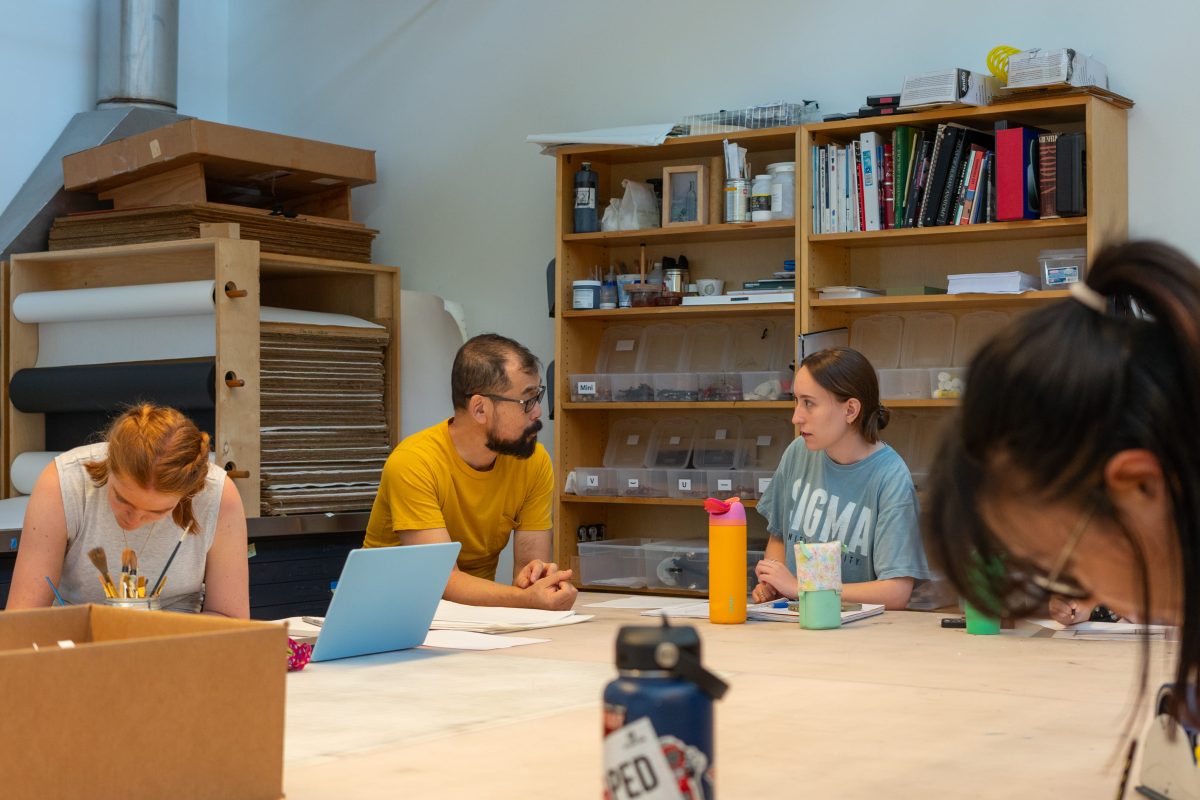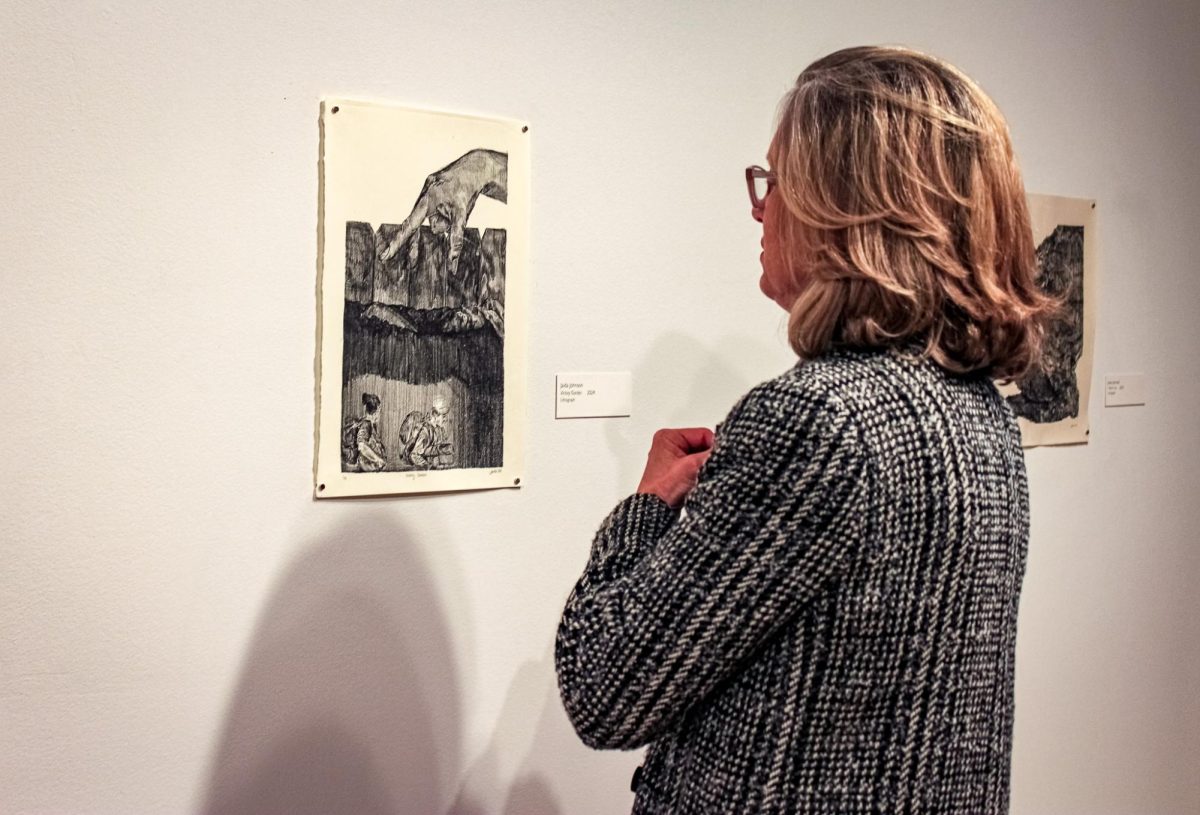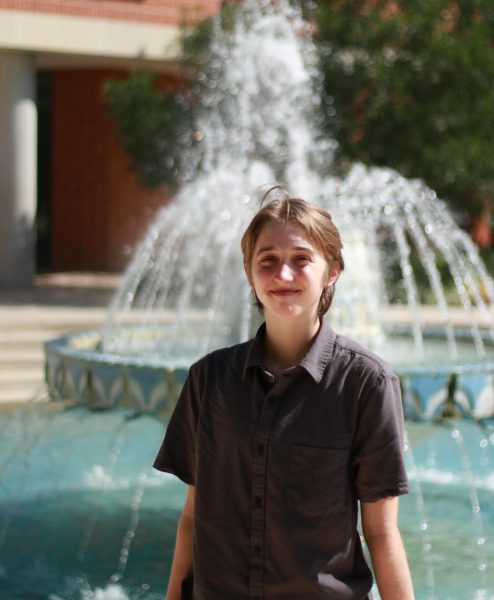The most common types of undergraduate, or bachelor, degrees at four-year universities are Bachelor of Science (B.S.), Bachelor of Arts (B.A.) and Bachelor of Fine Arts (B.F.A.). Trinity offers an art major with a B.A. degree, while other universities offer art majors with a B.F.A. Although every school’s curriculum looks different from the next, there are some notable differences between art programs that offer a B.F.A. and those that offer a B.A.
According to Jongwon Lee, associate professor of art and art history, the main difference between B.A. and B.F.A. art programs is that the B.F.A. tends to branch out less from the concentrated focus of the intended major.
For instance, a B.F.A. in painting from the Rhode Island School of Design (RISD), which is just one of many specialized B.F.A. art programs, has a predetermined course schedule that all students in the program take. It contains four years’ worth of mostly pre-planned courses, with increasing freedom in students’ junior and senior years.
Lee said that in many ways, Trinity’s B.A. program for art majors looks very similar to the programs of other universities that offer B.F.A.s — foundational classes like Drawing I, Painting II and studio hours can be found in both. Trinity differs, however, in that it requires its students to complete a liberal arts education along with their art major, and does not prescribe a set path for any student. All Trinity students must complete the pathways curriculum, which requires students to take courses in multiple different disciplines outside of their major.
“We offer more of the balance between artistic skill development and broader education into liberal art, so [students] can combine their creativity with any other discipline,” Lee said.
Dalex Zenteno, sophomore art and communication double-major, looked into both B.A. and B.F.A. art programs during their college application process. They remarked that the applications for B.F.A. and B.A. programs are vastly different.
One B.F.A. program they applied to, the Stamps School of Art and Design at the University of Michigan, required applicants to submit a 12-15 piece portfolio.
“You definitely have to prove yourself for B.F.A. programs,” Zenteno said. “To apply to be a Trinity art major, all you have to do is say you want to be a Trinity art major.”
Ultimately, Zenteno chose to attend Trinity, but not because they weren’t looking for an intense art program. They have noticed that because there is no artistic skill required for those becoming art majors at Trinity, the introductory-level classes tend to be less competitive.
“If you want to be at a school where it’s going to be really competitive and rigorous and everyone’s gonna be really really skilled, then Trinity’s probably not the place,” Zenteno said.
However, Zenteno has found that different aspects of the creative process can tend to rise to the surface in classrooms where technical ability and competition are not the dominating forces. They’ve found ways to push themself and their art by taking advantage of the small size of Trinity’s art department and enjoy taking classes with professors who already know them and their work.
“I’ve actually had all three of my art classes so far with the same professor, so it’s been really nice,” Zenteno said.
Jaeden Morgan, senior art major, benefitted from the pathways curriculum when he was taking Drawing I for his creative expression requirement. Originally intending to be a computer science major, taking an art class helped Morgan reconnect with his creative side at the same time that he was struggling with motivation to continue to pursue computer science through Zoom classes during the pandemic.
“I kind of really fell in love with drawing through Drawing I, and decided I wanted to be an art major instead of a computer science major,” Morgan said.
Lee recommends the broader liberal arts experience to those looking to hone their creativity and create a broad variety of future opportunities.
“We are critical thinking, [creating a] more well-rounded education,” Lee said.










